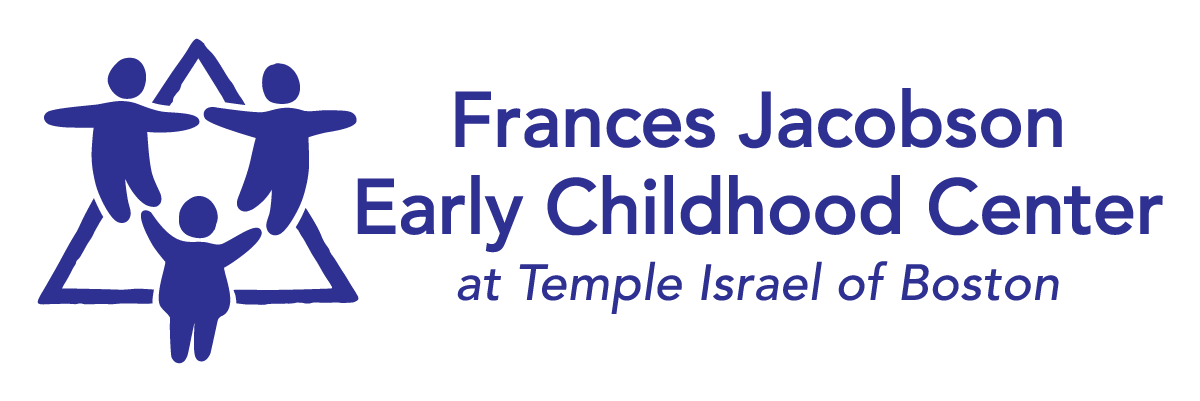Havdalah
/Each Friday in school, we share with children the ritual of Shabbat. We mark the approaching arrival of this special time (sundown on Friday) by lighting candles, having a sip of sweet wine or juice, and tasting the traditional braided egg bread, challah. Just as we mark the beginning of Shabbat, we have a ritual for marking the end of this time as well. At sundown on Saturday (officially, when 3 stars have appeared in the sky), we observe Havdalah. Once again, we light a candle – a braided one, just like the Shabbat challah – we pour wine, and we gather in the scent of spices – b’samim – a full sensory experience to help us remember the sweet essence of our Shabbat as we prepare to enter a new week.
Rabbi Abraham Joshua Heschel wrote about Shabbat as, “a realm of time where the goal is not to have but to be, not to own but to give, not to control but to share, not to subdue but to be in accord.” When I first read this I thought, well yes but shouldn’t we always be striving to be less materialistic, to be kinder to and more generous with each other, to be collaborative? Why is it only on Shabbat that this becomes the goal? I believe the answer lies in how and why we have this differentiated time called Shabbat. Heschel also wrote, “God is not in things of space, but in moments of time.” Even though we strive every day to be the best person we can be, we are living our daily lives and perfection is not reasonable when you have to get to work, have to meet with and deal with many different kinds of people, tasks, challenges, etc. Shabbat, then, is when we leave the world of space behind and enter a time created for us – for the purpose of being, for a focus on giving (and receiving!), a time to include and to be content with the people or the things around us.
Havdalah means to separate. We can’t take full advantage of Shabbat if we don’t attend to the close of it with the same attention to detail as we do the beginning. In the world of early childhood education, we use rituals to offer temporal structure to the classroom environment. Morning meeting, circle time, 5 minute reminders before an upcoming transition, the songs we sing and even the words we use, are intentional and deliberate and – hopefully – all work to provide meaning and structure to classroom life for children. And they create space and time for the real work of learning. And when we use the rituals and rhythms of Jewish life, it offers a way to mark time for children in a natural and authentic way. Rather that say we know it is the beginning of the week because it is Monday, we “close” the weekend and “open” the week with Havdalah. Just as we close the week with the start of Shabbat. There are so many other remarkable ways in which the Jewish calendar supports "learning" about time and space and how we use the natural rhythms of life to bring meaning to the world - for children and for us. But that's for another Friday musing.
Let it snow!
Shabbat Shalom,
Amy




